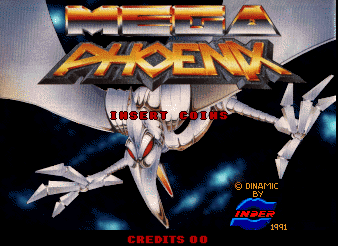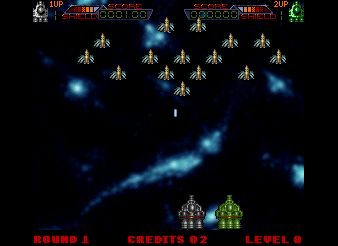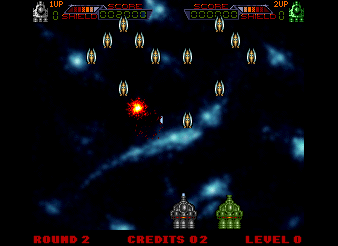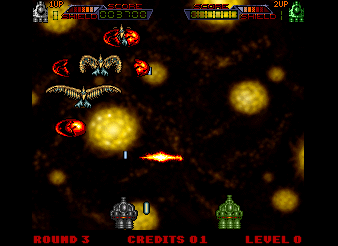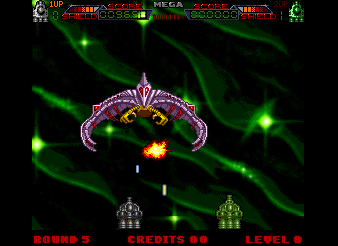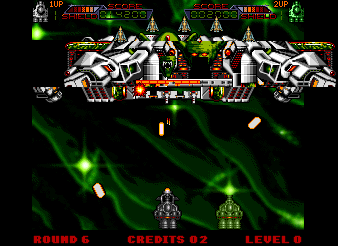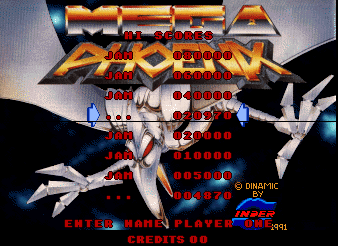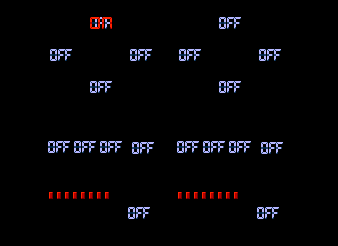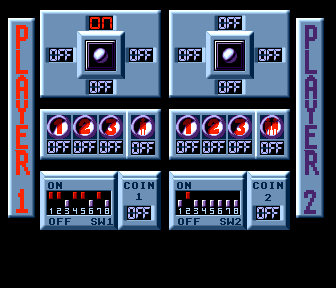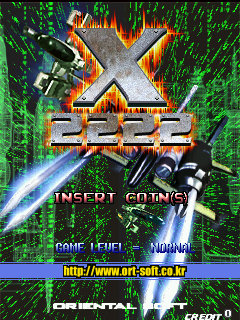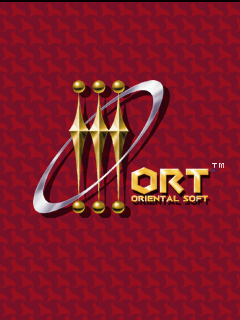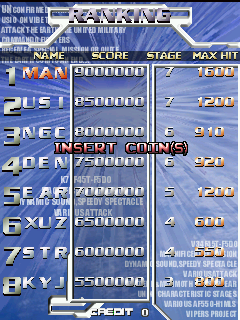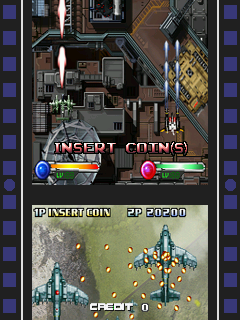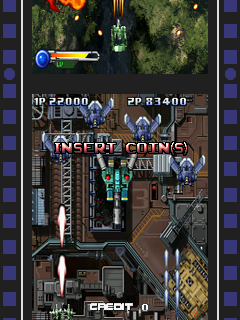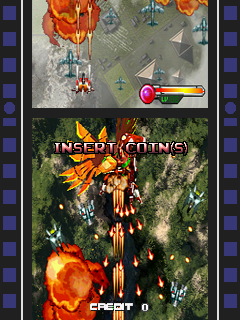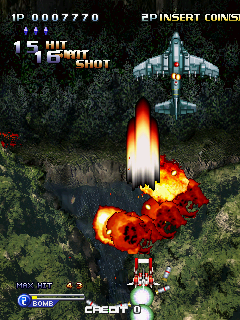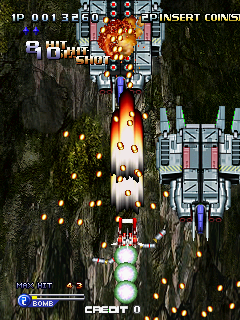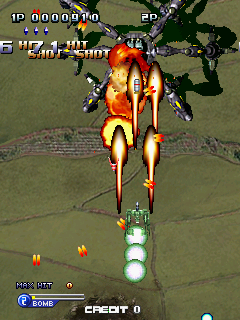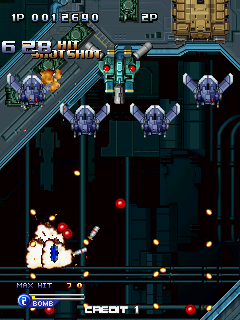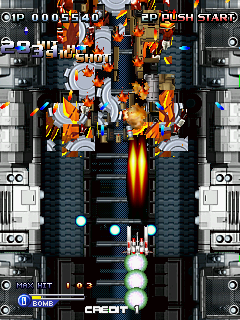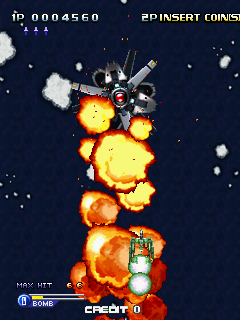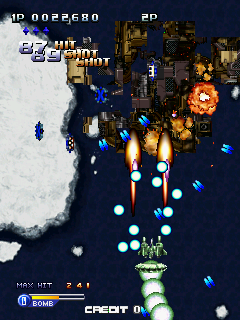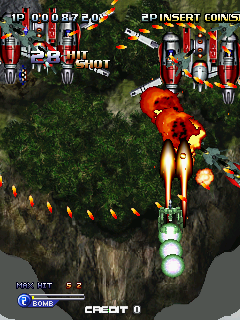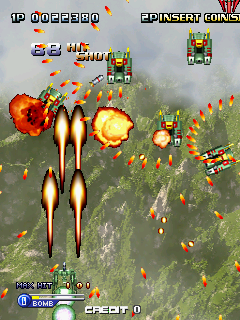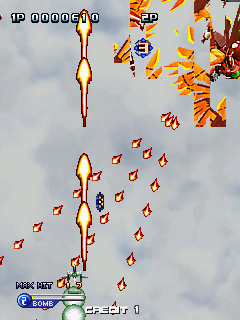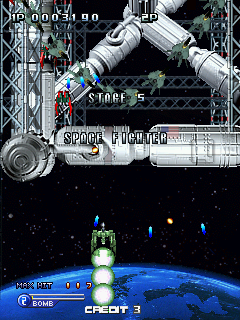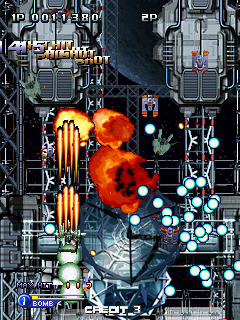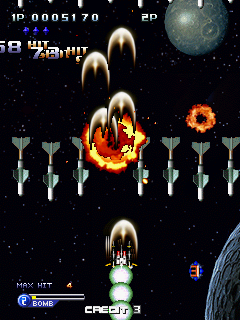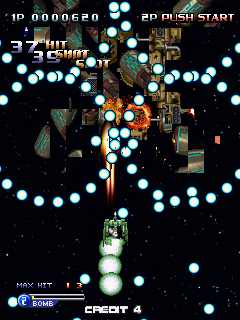If you’ve been following the MAME SVN you’ll have seen there have been a large number of changes being made as of late, refactoring of critical systems layered on top of previous refactoring of other critical systems.
If you’ve tried running a build built from the current code you’ll also have noticed that things aren’t especially stable right now, that is to be expected given the nature of the changes that are taking place.
When everything is done these changes should result in no user visible difference, but while they’re ongoing they are rather disruptive, that is why you haven’t seen a release, either official (0.153) or unofficial (one of my ‘ex’ builds) in a while; the previous release I did was right before some of the bigger changes hit.
This also means that actual progress is slow right now, it’s not easy to keep up to date with a project and do development when fundamental things about how MAME works are changing beneath your feet. It’s no excuse for me not fleshing out the text to go with the previous ‘ex’ update, but it does mean I’ve spent less time with MAME than I normally would.
Anyway, to make this a worthwhile update I should mention that one or two fairly interesting clones turned up over the past few days, for example a ‘Growing Ship’ version of Galaxian made by ‘Recreativos Franco’ of Spain was added. This version is unique in that it has 3 different player ship sizes and gives the player a bigger ship ever 2 levels. This is used to make the game more difficult. Thanks go to Roselson from AUMAP for this one, it comes from his PCB.




An alt version of Poke Champ was picked up by system11 after I noticed it on eBay. This one is called Billard List and has a different selection if images (actual Photographs) The PCB also allowed us to correct the CPU clocks in MAME to reflect how badly the game runs on real hardware; it’s a hack of the Pocket Gal code, but actually has worse CPUs than Pocket Gal! Below are some comparison shots, with the new ‘Billard List’ on top, and the old ‘Poke Champ’ on the bottom.

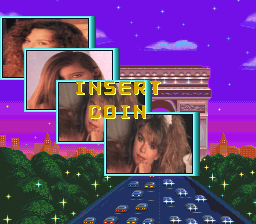
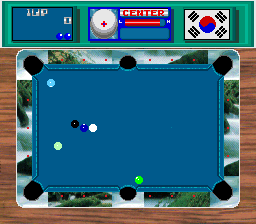
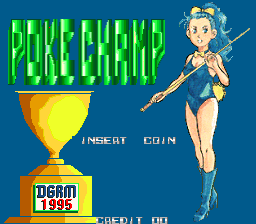
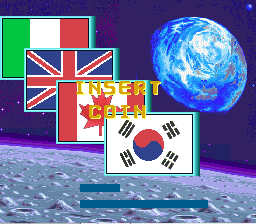
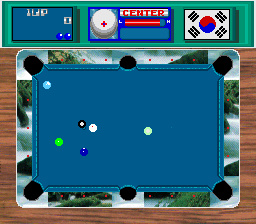
In my 2013 write-up I talked a lot about newer versions of already supported games being added, that has also happened over the past few weeks with Capcom’s 19xx. Let’s have a look at the already supported sets.
The most common version of the game is the OLDEST known version, with a date code of 951207 (incidentally the Phoenix hacked version is also based off this version) This version has known releases for USA, Japan and Asia.



Interestingly the two regional sets for South America (Hispanic and Brazil) both came with a 951218 release, 11 days later.


The newest set previously supported was one released 7 days after that, a Japan set with date code 951225 (Christmas Day in 1995)

The newly discovered set is even newer than any of those, with a date another 10 days later, falling into 1996 this time, 960104. It’s also a Japan set.

I don’t think anybody has ever documented what bugfixes were made even for the previous ‘newest’ Japan set (the 951225) one, but it’s still interesting to see development continued for a few weeks after the initial release. It is unknown if any regions outside of Japan got these newer revisions of the game. I do hope that one day somebody puts a concentrated effort into working out what actually changed between the many revisions of the games we support. I also find it interesting that there are no official European versions of the game supported, although I could say the same for Super Puzzle Fighter II.
Aside from the news posted here Roberto Fresca has continued to look at poker / video slot machine type games, you can see from his page but otherwise actual progress has been slow for the reasons I’ve already mentioned.


















